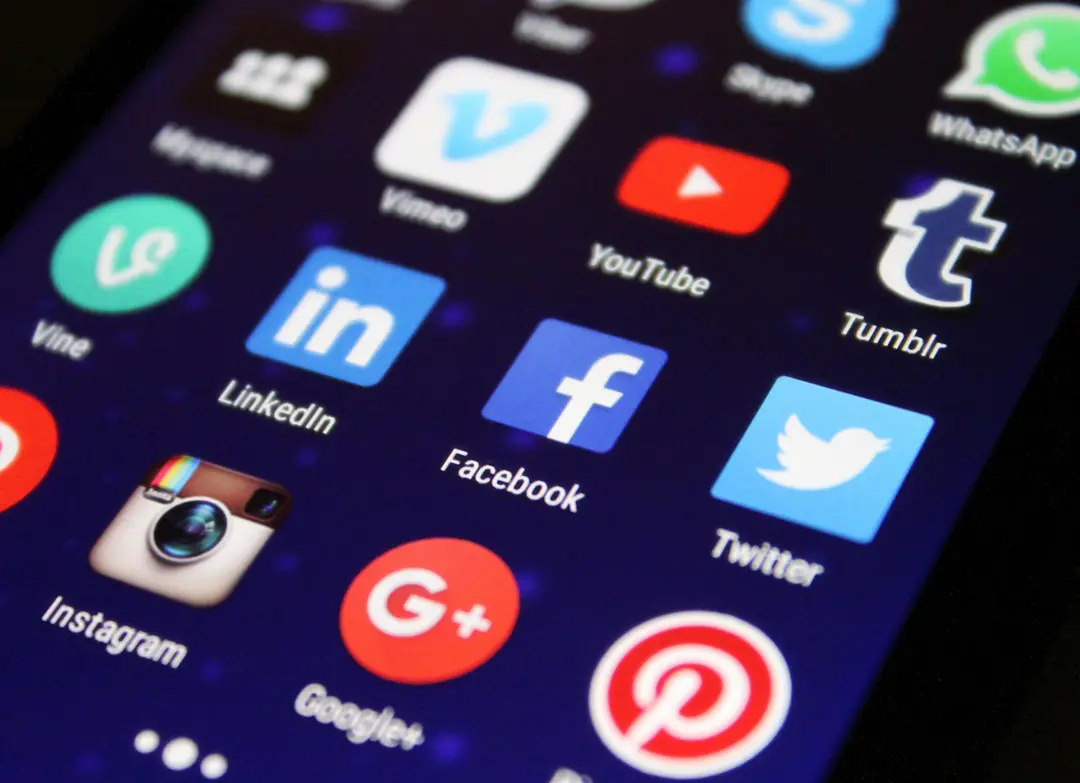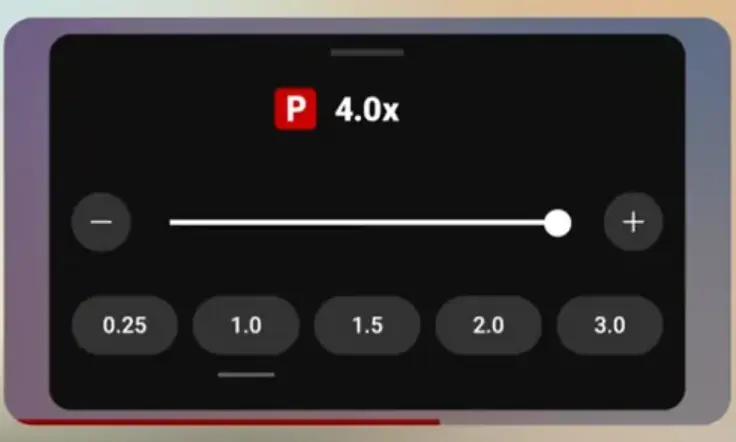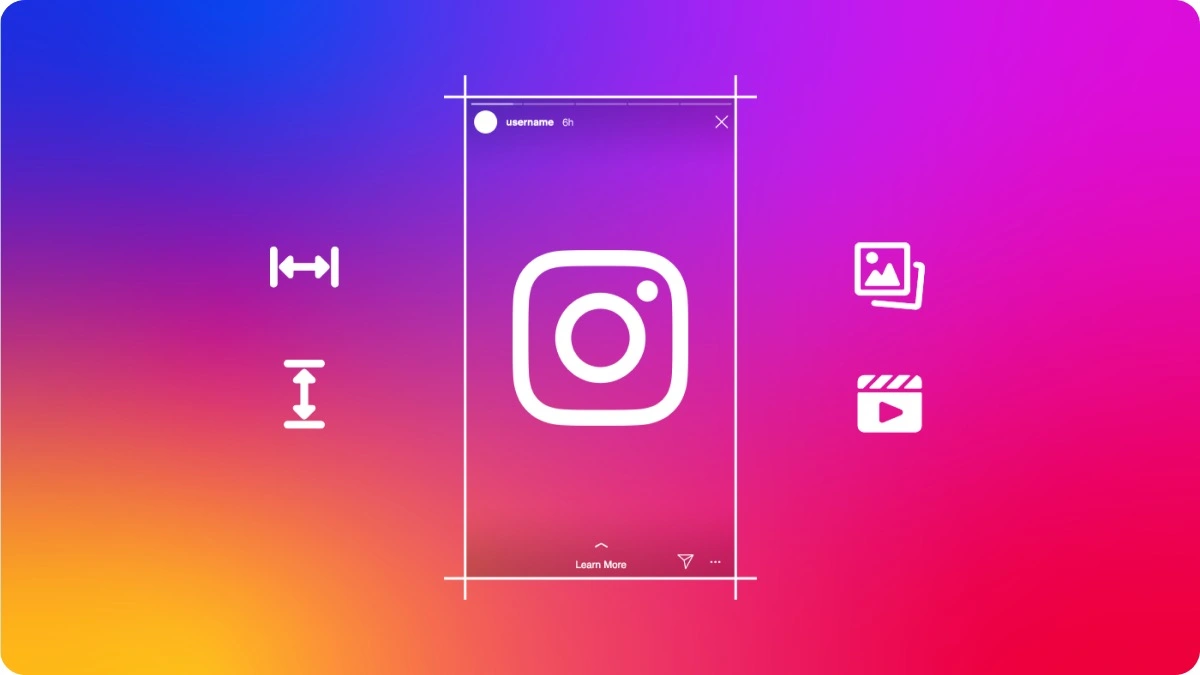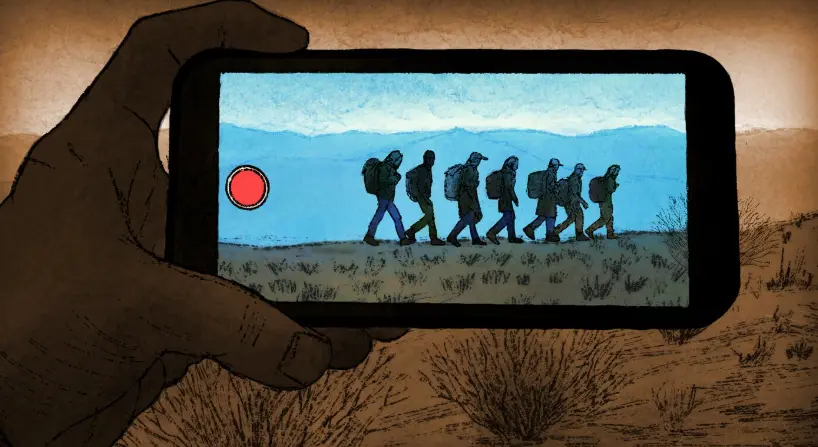The digital landscape has become an integral part of teenagers’ lives, shaping how they communicate, consume content, and connect with the world. In 2023, platforms like YouTube, TikTok, Snapchat, and Instagram continued to dominate the social media sphere for U.S. teens, reflecting the shifting preferences and behaviors of a hyper-connected generation. Let’s delve into the key trends, challenges, and impacts of social media and technology on teens.
The Popularity of Social Media Giants
Among U.S. teens, YouTube remained the undisputed leader in 2023. Known for its vast library of content—ranging from educational videos to entertainment—it served as a platform for both passive consumption and active creativity. Teens embraced YouTube as a space to learn new skills, follow influencers, and showcase their own talents.
TikTok solidified its position as a cultural powerhouse. With its short-form videos and algorithm-driven content discovery, TikTok continued to captivate teens with its mix of entertainment, trends, and relatability. The platform’s ability to create viral moments and launch new creators made it a favorite among younger audiences.
Snapchat and Instagram also maintained their strongholds. Snapchat’s ephemeral nature and private messaging features appealed to teens who valued intimate communication, while Instagram served as a hub for curated posts, stories, and reels. Both platforms played a pivotal role in shaping online social interactions.
Changing Habits: How Teens Engage with Social Media
In 2023, teens exhibited distinct behaviors and preferences when engaging with social media:
- Visual-First Content: Platforms that prioritized images and videos dominated teens’ screen time. With shorter attention spans, visually engaging formats outperformed text-heavy content.
- Trend Participation: Teens actively participated in viral trends, challenges, and memes. Platforms like TikTok became incubators for trends that influenced fashion, music, and even language.
- Direct Messaging: Messaging features on Snapchat and Instagram allowed teens to communicate privately, fostering closer connections within their social circles.
- Dual Role of Consumers and Creators: Teens embraced their roles as both content consumers and creators. They used platforms to express creativity, share experiences, and build online identities.
Impact on Communication and Relationships
Social media reshaped how teens interacted with peers, family, and the broader world:
- Expanding Social Networks: Social media enabled teens to connect with people beyond their immediate surroundings, fostering global interactions and cultural exchange.
- Influence on Self-Perception: Exposure to curated content and influencers shaped teens’ perceptions of themselves and their aspirations.
- Balancing Online and Offline Connections: While social media enriched relationships, teens also faced challenges in balancing online interactions with in-person connections.
The Role of Technology in Teens’ Lives
Beyond social media platforms, technology played a central role in teens’ daily routines:
- Smartphones as Gateways: Smartphones served as the primary devices for accessing social media, entertainment, and communication tools.
- Gaming and Online Communities: Gaming remained a popular activity, with multiplayer games and online communities fostering camaraderie among teens.
- Education and Learning: Technology facilitated hybrid learning models, with teens using online resources for homework, projects, and skill development.
Challenges of the Digital Era
While social media and technology offered numerous benefits, they also presented challenges:
- Mental Health Concerns: The pressures of maintaining an online presence, dealing with cyberbullying, and comparing oneself to others took a toll on teens’ mental well-being.
- Screen Time Management: Excessive screen time raised concerns about physical health, academic performance, and sleep patterns.
- Digital Privacy: Teens faced risks related to sharing personal information online, navigating data privacy issues, and encountering harmful content.
How Platforms Adapted to Teens’ Needs
Social media platforms responded to teens’ evolving preferences in several ways:
- Enhancing Safety Features: Platforms introduced tools to combat cyberbullying, protect personal information, and create a safer online environment for teens.
- Encouraging Positive Content: Platforms promoted uplifting content and mental health resources to foster well-being.
- Prioritizing Customization: Algorithms and user interfaces were refined to deliver personalized experiences tailored to teens’ interests.
Looking Ahead: The Future of Teens and Social Media
As we move forward, the relationship between teens, social media, and technology will continue to evolve. Emerging platforms and innovations in augmented reality (AR) and virtual reality (VR) could redefine how teens engage with digital content. The focus on fostering digital literacy and promoting healthy online habits will remain critical in ensuring that technology enhances teens’ lives.
Conclusion
In 2023, platforms like YouTube, TikTok, Snapchat, and Instagram demonstrated their enduring appeal among U.S. teens, reflecting the unique ways this generation interacts with technology. By understanding these trends, society can better support teens in navigating the digital landscape with confidence and mindfulness.
by Monica Anderson Michelle Faverio Jeffrey Gottfried







